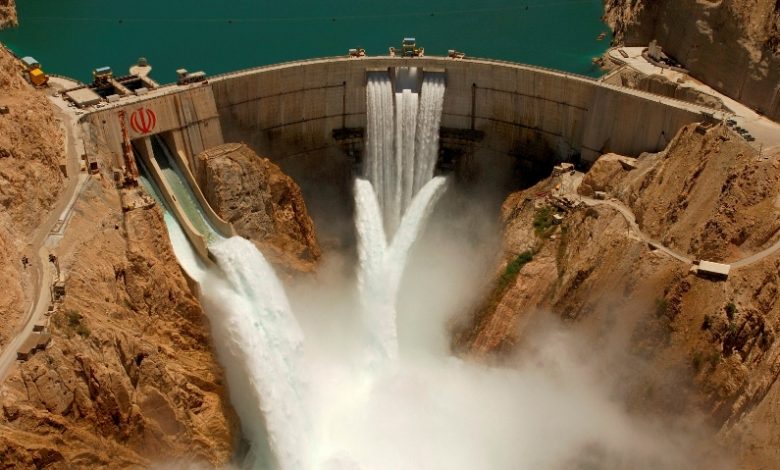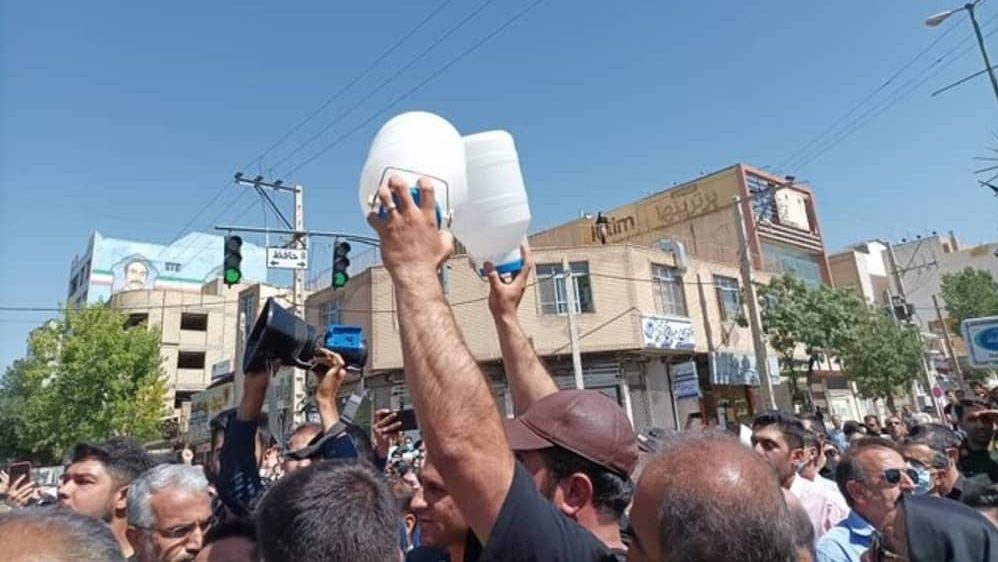67 urban wastewater projects to be launched by end of current administration – Tehran Times

Report on Iran’s Urban Wastewater Infrastructure Expansion Initiative
Executive Summary
The Islamic Republic of Iran has announced a significant national initiative to expand its urban wastewater treatment infrastructure. According to the National Water and Wastewater Engineering Company, 67 new urban wastewater projects are scheduled for completion by the end of the 14th administration. This strategic plan is designed to substantially increase the country’s sewage treatment capacity, directly addressing critical national priorities such as water scarcity and environmental sustainability. The initiative is strongly aligned with several key United Nations Sustainable Development Goals (SDGs), particularly those concerning clean water, sustainable cities, and public health.
Project Rollout and Capacity Targets
The comprehensive plan will be implemented in a phased approach, aiming to add a total daily treatment capacity of over 1.8 million cubic meters. The scheduled rollout is as follows:
- Phase 1 (By March 2026): Completion of 27 projects, adding a combined capacity of more than 1.0 million cubic meters per day.
- Phase 2 (By March 2027): An additional 16 projects are expected to become operational, contributing approximately 254,000 cubic meters per day.
- Phase 3 (During 2027): A further 21 projects are planned, which will add a capacity of roughly 456,000 cubic meters per day.
- Phase 4 (By July 2028): Two final plants are scheduled for launch, providing an additional 17,000 cubic meters per day.
Alignment with Sustainable Development Goals (SDGs)
This infrastructure program makes a direct and substantial contribution to achieving multiple SDGs:
- SDG 6: Clean Water and Sanitation: The core objective of the initiative is to improve wastewater treatment (Target 6.3) and expand access to sanitation services. By enabling water reuse for agriculture and industry, it also enhances water-use efficiency and addresses water stress (Target 6.4).
- SDG 11: Sustainable Cities and Communities: By expanding essential services like sewage management, the projects support the development of inclusive, safe, and resilient urban areas. This reduces the per capita environmental impact of cities by improving waste management (Target 11.6).
- SDG 3: Good Health and Well-being: Enhanced sanitation and the reduction of untreated wastewater discharge will mitigate waterborne diseases, contributing to improved public health outcomes (Target 3.9).
- SDG 2: Zero Hunger: The provision of treated wastewater for agricultural use supports sustainable food production systems and resilient agricultural practices, especially in a water-scarce region (Target 2.4).
- SDG 15: Life on Land: Preventing the pollution of water bodies with untreated sewage helps protect and restore freshwater ecosystems and biodiversity (Target 15.1).
Strategic Importance
Iranian officials have identified the expansion of wastewater treatment capacity as a key national strategy. The initiative is designed to provide critical support for sustainable population growth and to mitigate environmental degradation in urban centers. The focus on water reuse underscores a commitment to creating a circular economy for water resources, thereby ensuring long-term environmental and economic sustainability.
1. Which SDGs are addressed or connected to the issues highlighted in the article?
The article on Iran’s plan to expand its sewage infrastructure directly addresses or connects to the following Sustainable Development Goals (SDGs):
-
SDG 6: Clean Water and Sanitation
This is the most prominent SDG in the article. The entire focus is on building urban wastewater projects to improve sanitation and manage water resources. The article explicitly states that these efforts aim to “address water scarcity, improve sanitation, and enable water reuse,” which are core components of SDG 6.
-
SDG 11: Sustainable Cities and Communities
The article specifies that the 67 new projects are “urban wastewater projects.” It further notes that expanding treatment capacity is crucial for “supporting population growth and environmental sustainability in urban areas.” This directly links the initiative to making cities more sustainable and resilient, which is the central goal of SDG 11.
2. What specific targets under those SDGs can be identified based on the article’s content?
Based on the article’s content, the following specific targets can be identified:
-
Target 6.3: By 2030, improve water quality by reducing pollution… halving the proportion of untreated wastewater and substantially increasing recycling and safe reuse globally.
The plan to build 67 new wastewater treatment facilities with a collective capacity of “more than 1.8 million cubic meters” per day is a direct action to reduce the amount of untreated wastewater being released into the environment. The stated goal to “enable water reuse for agriculture and industry” aligns perfectly with the target’s emphasis on increasing recycling and safe reuse.
-
Target 11.6: By 2030, reduce the adverse per capita environmental impact of cities, including by paying special attention to… municipal and other waste management.
The article’s focus on expanding “urban wastewater projects” is a clear effort to improve municipal waste management. By treating sewage, the initiative directly addresses the reduction of the environmental impact of cities, as highlighted by the project’s goal of ensuring “environmental sustainability in urban areas.”
3. Are there any indicators mentioned or implied in the article that can be used to measure progress towards the identified targets?
Yes, the article provides specific quantitative data that can be used as indicators to measure progress:
-
Indicator for Target 6.3 (Implied: related to Indicator 6.3.1 – Proportion of domestic and industrial wastewater flows safely treated)
The article provides concrete metrics to track progress. The primary indicator is the “daily treatment capacity” of the new facilities. The article quantifies this progress by stating:
- A total additional capacity of “more than 1.8 million cubic meters” per day.
- A phased completion schedule with specific capacities: “over 1.0 million cubic meters per day” by March 2026, “about 254,000 cubic meters per day” in the following year, and “roughly 456,000 cubic meters per day” in 2027.
This data directly measures the increase in the volume of wastewater that can be safely treated, which is the essence of Indicator 6.3.1.
-
Indicator for Target 11.6 (Implied)
The same quantitative data serves as an indicator for this target. The “number of new urban wastewater projects” (67) and the “increase in daily treatment capacity” (1.8 million cubic meters) are direct measures of the effort to improve waste management and thus reduce the environmental impact of cities.
4. Create a table with three columns titled ‘SDGs, Targets and Indicators” to present the findings from analyzing the article. In this table, list the Sustainable Development Goals (SDGs), their corresponding targets, and the specific indicators identified in the article.
| SDGs | Targets | Indicators |
|---|---|---|
| SDG 6: Clean Water and Sanitation | Target 6.3: Improve water quality by reducing pollution, halving the proportion of untreated wastewater, and increasing recycling and safe reuse. |
|
| SDG 11: Sustainable Cities and Communities | Target 11.6: Reduce the adverse per capita environmental impact of cities, including through improved municipal waste management. |
|
Source: tehrantimes.com

What is Your Reaction?
 Like
0
Like
0
 Dislike
0
Dislike
0
 Love
0
Love
0
 Funny
0
Funny
0
 Angry
0
Angry
0
 Sad
0
Sad
0
 Wow
0
Wow
0







































































